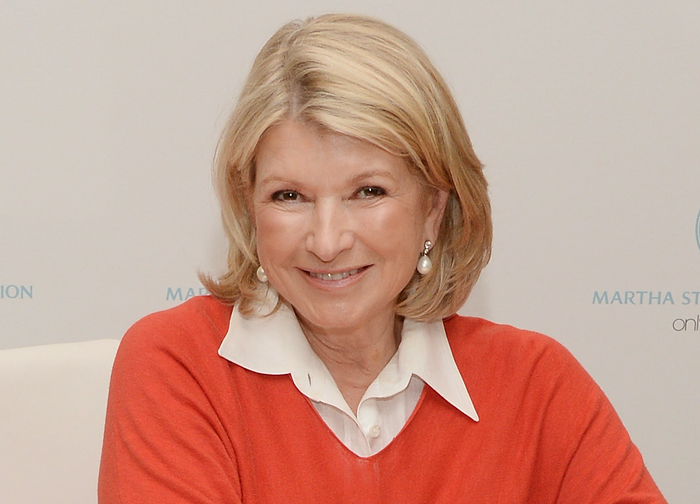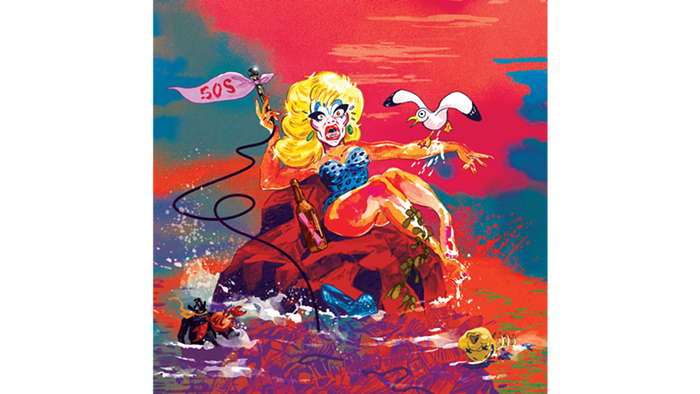Although David Eckard is one of Portland's most established and respected artists, much of his recent work has been so rigorously conceptual that it has obliterated much chance for aesthetic redemption. In other words, it works for the head, but doesn't satisfy the gut. Along with his recent Locus exhibition at Chambers Fine Art, this new body of work at Mark Woolley Gallery shows Eckard moving closer to finding some common ground between intellect and beauty. According to Eckard, Liveries (summer stock) found its inspiration in the alternately billowing and mechanical forms inset in Marcel Duchamp's "Large Glass." And while Eckard's dozen works—which toe the line between painting, sculpture, and installation—never approach citation, they unmistakably echo Duchamp in both form and content.
Just as Duchamp's forms—the chocolate grinder, the costumes suspended from mobile spokes, etc.—project perspective within a pane of glass, Eckard's works similarly capture that tension between dimension and flatness. The shaped panels he has painted appear to be full of shifts in shading and texture, at once conjuring such disparate materials as rock, fabric, bone, and ceramics. But this illusion collapses when a viewer approaches the panel and discovers that its solid-colored side is no more than an inch deep. Like a theatrical background, the panels are designed to portray space at a distance, but reveal the artifice of their representation upon closer inspection.
Eckard's works also mirror the precarious suspension and balancing of the forms in "Large Glass." The mounted panel in "Thug (nine shot registry)" is connected to a free-standing sign by looping ropes, while the five fleshy forms in "Proxy (beer bust)" hang from pegs like beer steins. Conjuring the chocolate grinder in "Large Glass" with both its shape and title, "Bon bon bon" anchors three panels on a steering wheel-like base. All this leaning and dangling creates a delicate sense of harmony that constantly threatens to fall apart. It's a fitting motif for a show that hinges on fine lines, whether between surface and depth or allusion and originality. And while Eckard may not entirely bridge the divide between detached conceptualism and the immediacy of an aesthetic experience, the beguiling forms in Liveries show him moving more confidently in that direction.












